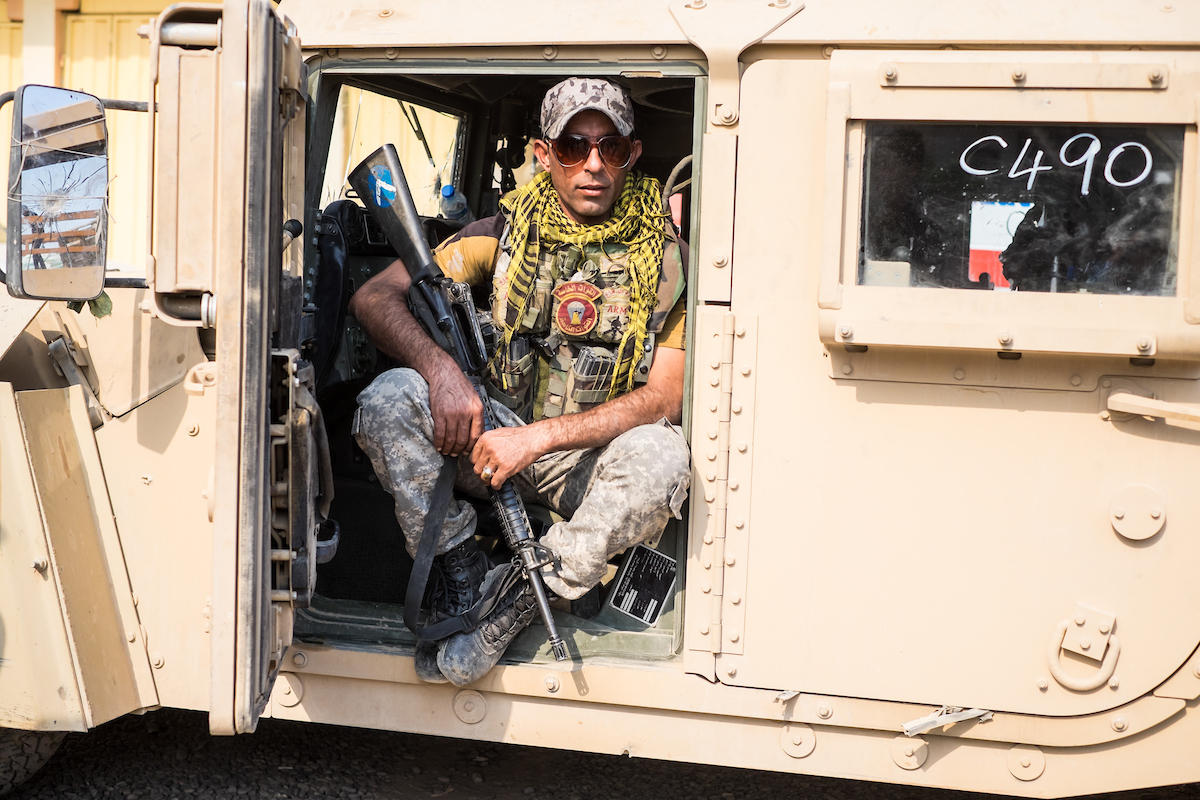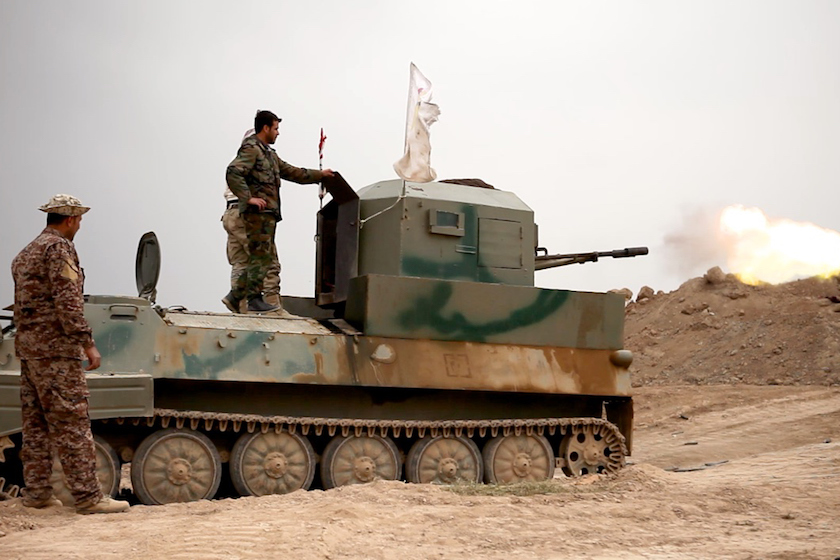
The current fighting in Mosul is likely to be the last large-scale battle against ISIS in Iraq. In recent weeks, the battle has not gone as it should, leading to a spike in civilian casualties. Several factors may have contributed to this, including the fact that ISIS is trapped in Mosul due to conflicting military goals among key stakeholders, the withdrawal of the elite counterterrorism forces who achieved so much in east Mosul, the American desire for a quick victory over ISIS, and more.
The tragic events in Mosul on March 17 left hundreds of civilians dead when a whole city block was leveled by an aerial strike.
The extremist group known as the ISIS, which took control of Mosul the middle of 2014, brought hundreds of civilians into the area, forcing several families to live in one house. Other families were trapped and simply sought shelter in the area. A mistaken bombing raid by the international coalition leveled a whole block, causing hundreds of deaths and injuries, and trapping families beneath the rubble.
The incident caused a temporary suspension of the operation and a re-evaluation of tactics. The international coalition said that the bombs had been dropped at the behest of the Iraqi forces on the ground, who call in locations of ISIS fighters.
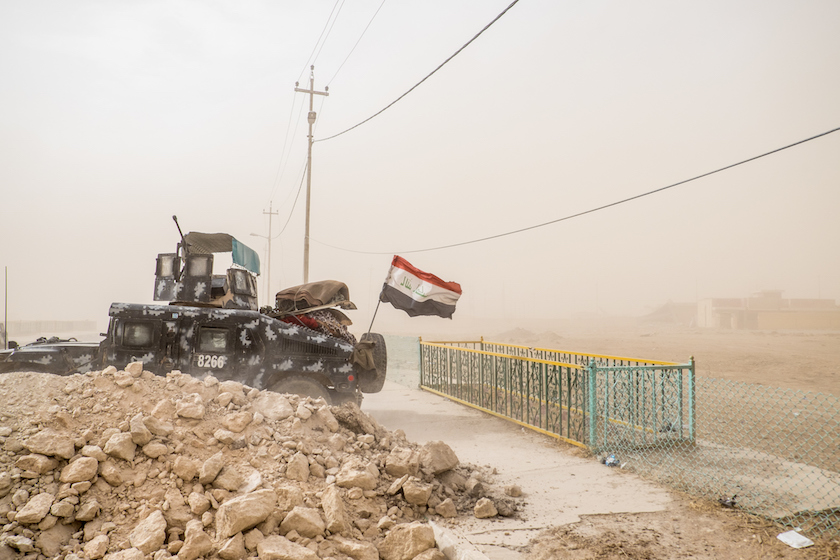
In terms of American involvement in the tragedy, Iraqi officials have confirmed that the US wants to end the fighting with a victory over ISIS as soon as possible. This has seen more US participation on the ground.
In what the New York Times described as “the fullest acceptance of responsibility by an American commander since the March 17 airstrike,” senior US commander in Iraq, Stephen J. Townsend, said that a US airstrike most likely led to the collapse of the buildings. But he also said there would be an investigation to see if explosives stored by ISIS inside or nearby the strike site might have caused the larger damage.
The US general said that the rules governing combat in Iraq had not changed significantly but that decision-making about when and where air strikes should take place had been “decentralized”. Iraqi soldiers themselves have also commented on how much faster the decision-making process has become.
Even before the incident in March, some prominent Iraqi figures warned that the US’ increased enthusiasm for fighting ISIS was dangerous and likely to increase the number of civilian casualties. Mosul locals who had welcomed their liberators in east Mosul were now extremely frightened of US airstrikes.
But local analysts believe there is more background that needs to be considered when apportioning blame for this tragedy.
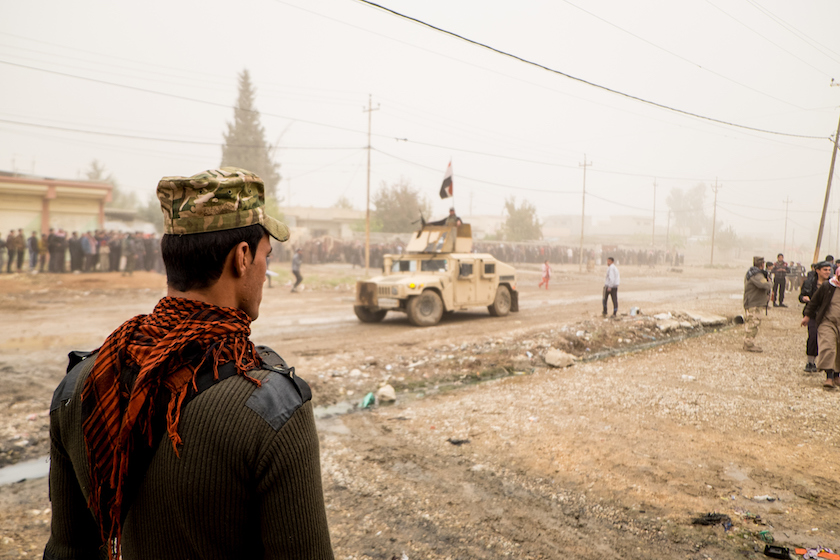
For example, some analysts believe that one of the biggest mistakes made in Mosul was laying siege to the city, effectively trapping ISIS fighters and tens of thousands of civilians.
Fights against ISIS elsewhere in the country made sure to leave an exit route for the extremists. This was the case in Fallujah, Ramadi, Tikrit and Baiji and meant that there was no need for prolonged fighting because ISIS fighters could flee.
“The same thing was supposed to happen in Mosul,” says Raed al-Tamimi, an Iraqi army colonel working in Mosul. “When we were fighting in east Mosul we did not have as many losses because the extremists could exit into west Mosul, by crossing the river. We expected that ISIS fighters would withdraw from the west of Mosul towards the Syrian border, through Tal Afar and Biaj. But that didn’t happen.”
However al-Tamimi and other officers were reluctant to speculate as to why this didn’t happen.

When the campaign to retake Mosul, began in October, Iraq’s often-controversial Shiite Muslim militias were not supposed to take part in the operation. This was because Mosul has a Sunni majority population and there were concerns that the Shiite militias would take revenge on the Sunni population.
Instead of sitting out, the Shiite Muslim militias started fighting to the west of Mosul and pushed ISIS out of the town of Tal Afar, which was once home to Shiite Muslims of Turkmen ethnicity, many of whom had been forced to flee the town. In early November 2016, the militias also announced that they had successfully cut off ISIS’ escape route to Raqqa, the ISIS capital in Syria, effectively trapping the extremists in the city of Mosul.
It’s worth noting that some of the leaders of the Shiite Muslim militias see Iraq and Syria as one battlefront. Some of their forces are actually fighting in Syria in support of the Syrian leader, Bashar al-Assad. This is because they are closely aligned with Iran, whose government is supporting al-Assad. And the Iranians believe that if ISIS is allowed to flee into Syria, it will increase pressure on their ally, al-Assad. In that case, it’s better to keep ISIS divided and fighting on two fronts.
The other possible misstep made by the Iraqi military was cutting off the road between Mosul and Tal Afar. Had ISIS fighters been able to withdraw to Tal Afar, it may have been a better place to meet them in battle. Tal Afar has largely been abandoned by its residents and fighting there would have avoided some of the civilian casualties that are occurring in Mosul.
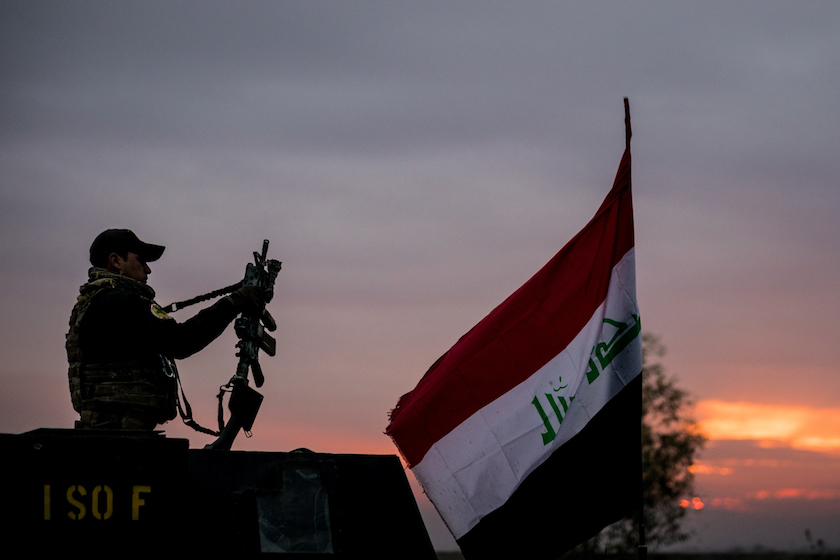
The other thing that has puzzled some observers is the fact that Iraq’s elite counter-terrorism forces, who fought so carefully on the east side of the city and were credited with saving many civilian lives, are not taking a lead role in the fighting on the west side of Mosul.
Iraq’s federal police are leading the fight against ISIS on the west side of the city, despite the fact that they don’t have as much experience in guerrilla warfare as the counter-terrorism forces. The federal police are another wing of the regular military and in some parts of the country they play the same role as the police – maintaining security, supervising checkpoints and following up on criminal complaints.
The Iraqi government has yet to explain the need for this change in strategy around personnel. Some Iraqi analysts have suggested it is because the counter-terrorism troops lost many men in Mosul and are no longer capable of leading the fight. But in fact, these forces are still fighting in west Mosul and are supervised by the same officers who fought in the eastern half of the city.
Rumour has it that some politicians were annoyed that the senior generals of the counter-terrorism forces were being credited for defeating ISIS and protecting civilian lives. Politicians affiliated with the militias like to present their forces as the best alternative to the Iraqi military.
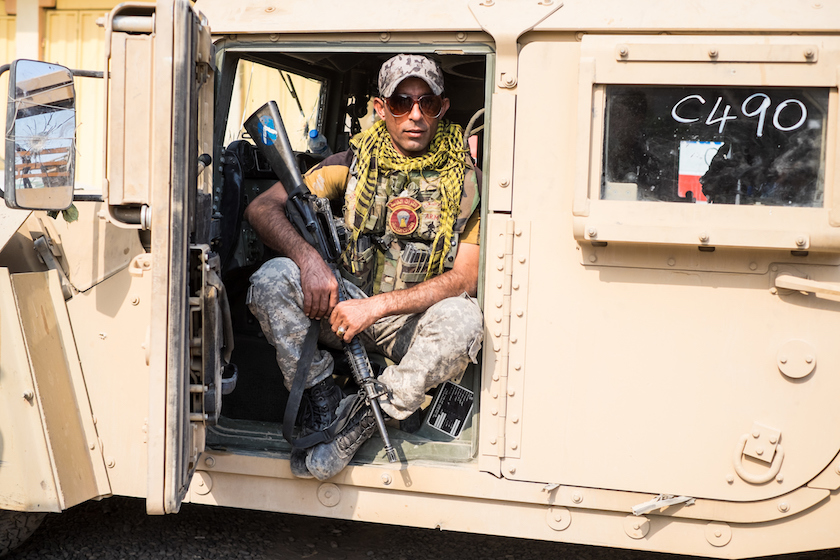
There is also a lesser-known conflict at play. The counter-terrorism forces apparently do not like to fight alongside the Shiite Muslim militias, whereas the federal police don’t mind coordinating with them.
The federal police and the Shiite Muslim militias fight more happily alongside one another because the police are under the control of Iraq’s Ministry of the Interior, which has been run by Shiite Muslim politicians for the past 14 years. The new Minister of the Interior, is also a leading member of one of the largest Shiite militias. Accordingly, many of the staff and officers are also Shiite Muslims.
Last Saturday, Iraq’s vice-president and senior Sunni Muslim politician, Osama al-Nujaifi, who is originally from Mosul, said that the new strategy in Mosul, including the excessive use of cannons and rockets by pro-government forces, was causing more civilian deaths. Could it be that some pro-government forces are a little trigger happy, when it comes to calling in airstrikes?
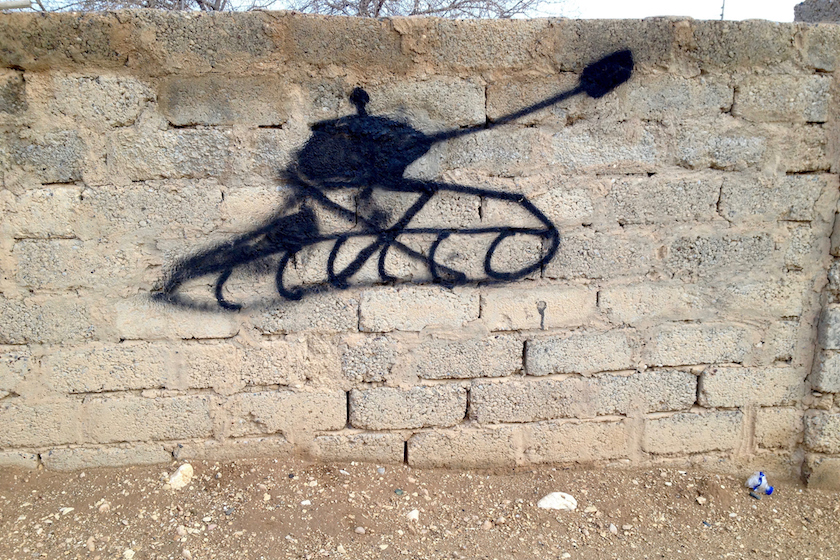
The current fighting in Mosul is likely to be the last and most significant battle against ISIS in Iraq. The fact that ISIS is trapped in Mosul due to conflicting goals among the various military groups, the lack of the elite counterterrorism forces, and the new US enthusiasm for fighting ISIS, can all be blamed for the fact that this important battle is not going the way it should.
Accidental or not, outcomes like those hundreds of civilian deaths don’t just have a high human cost; they will continue to bear upon the country’s future.
This post originally appeared on Niqash.


